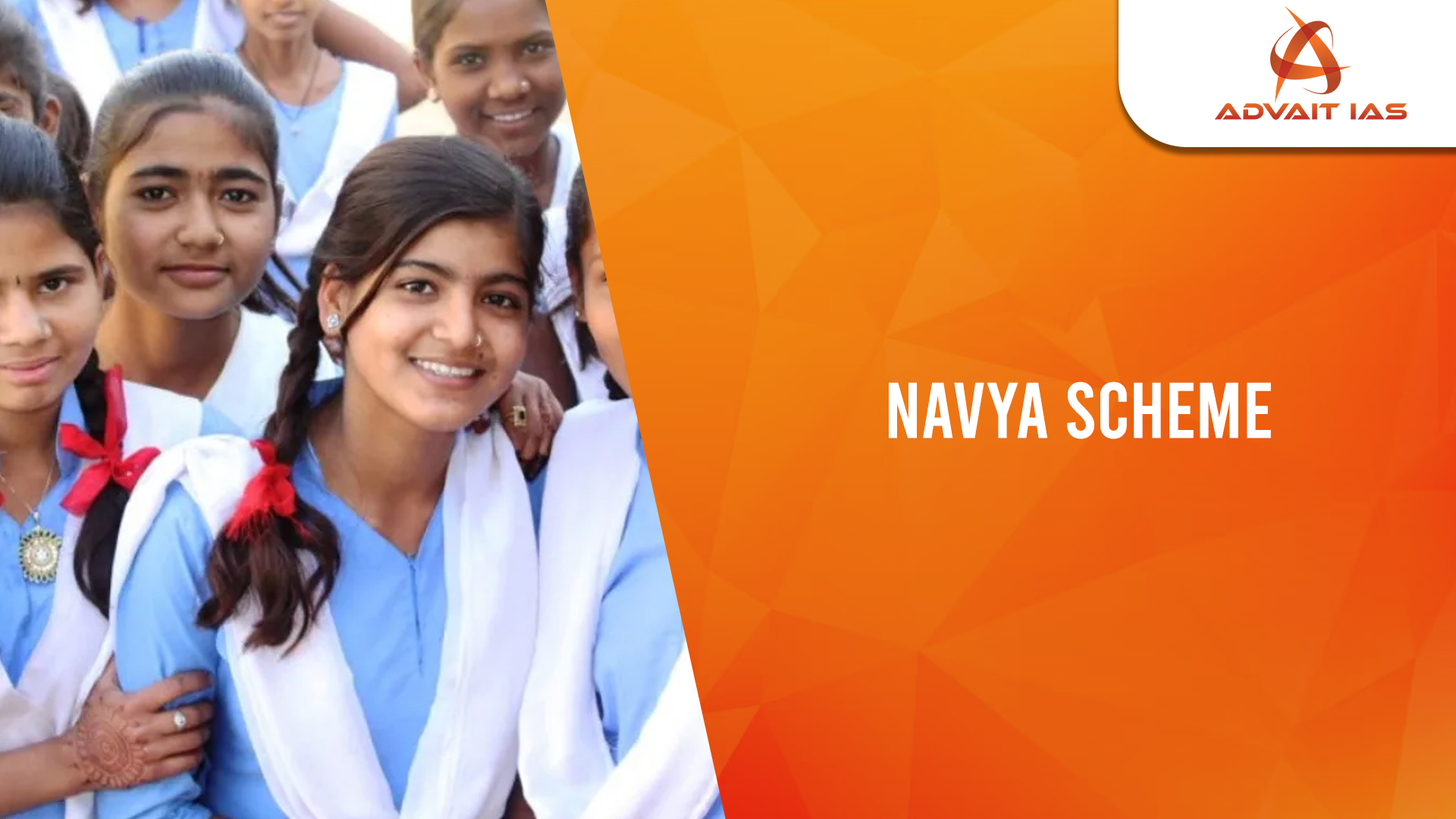Launched in Sonbhadra, Uttar Pradesh on June 2025.
Joint initiative by:
- Ministry of Women and Child Development (MWCD)
- Ministry of Skill Development and Entrepreneurship (MSDE)
- Aligned with the vision of Viksit Bharat @2047.
Objective
- To empower adolescent girls aged 16–18 through vocational training, focusing on non-traditional and emerging job roles.
- Aims to build confidence, economic independence, and entrepreneurial skills among girls.
Target Groups
- Girls from:
- Aspirational districts
- Tribal and remote regions
- Socially and economically disadvantaged backgrounds
Key Features
- Implemented in 27 Aspirational Districts across 19 states.
- Pilot phase launched in 9 states: Maharashtra, Gujarat, Karnataka, Punjab, Uttar Pradesh, Bihar, Madhya Pradesh, Jharkhand, and Himachal Pradesh.
- Target beneficiaries identified by MWCD and linked to training under PMKVY 4.0.
- District-wise designated training centres offering specialized job-role courses.
- Short-term courses under Pradhan Mantri Kaushal Vikas Yojana (PMKVY) and PM Vishwakarma Yojana.
Vocational Skills Offered
- Emerging Technologies:
- Graphic Design
- Telecom & Financial Services
- Smartphone & Drone Assembly
- Solar PV and CCTV Installation
- Traditional & Local Skills:
- Hand Embroidery
- Crafts-based micro-enterprises
Supplementary Training Module (7 Hours)
Designed to ensure holistic personality development, covering:
- Interpersonal Skills: Hygiene, self-presentation, conflict management
- Communication Skills: Active listening, effective communication
- Workplace Safety: Awareness of POSH and POCSO laws
- Financial Literacy: Budgeting, earnings, and basic financial concepts
Implementation Strategy
- Utilizes existing infrastructure and funding under flagship skilling schemes (e.g., PMKVY).
- MWCD identifies adolescent girls for participation.
- Interactive beneficiary engagement through webcasts and success stories.
Expected Outcomes
- Promotes self-reliance, skill development, and entrepreneurship among young women.
- Helps bridge the gender gap in vocational and technical sectors.
- Supports inclusive growth and rural upliftment, especially in underserved areas.
- Encourages transition from training to micro-business
Significance
- Reinforces gender empowerment within India’s demographic dividend
- Supports SDG-5 (Gender Equality) and SDG-8 (Decent Work and Economic Growth).
- Builds a future-ready, gender-inclusive workforce essential for India’s economic aspirations.






